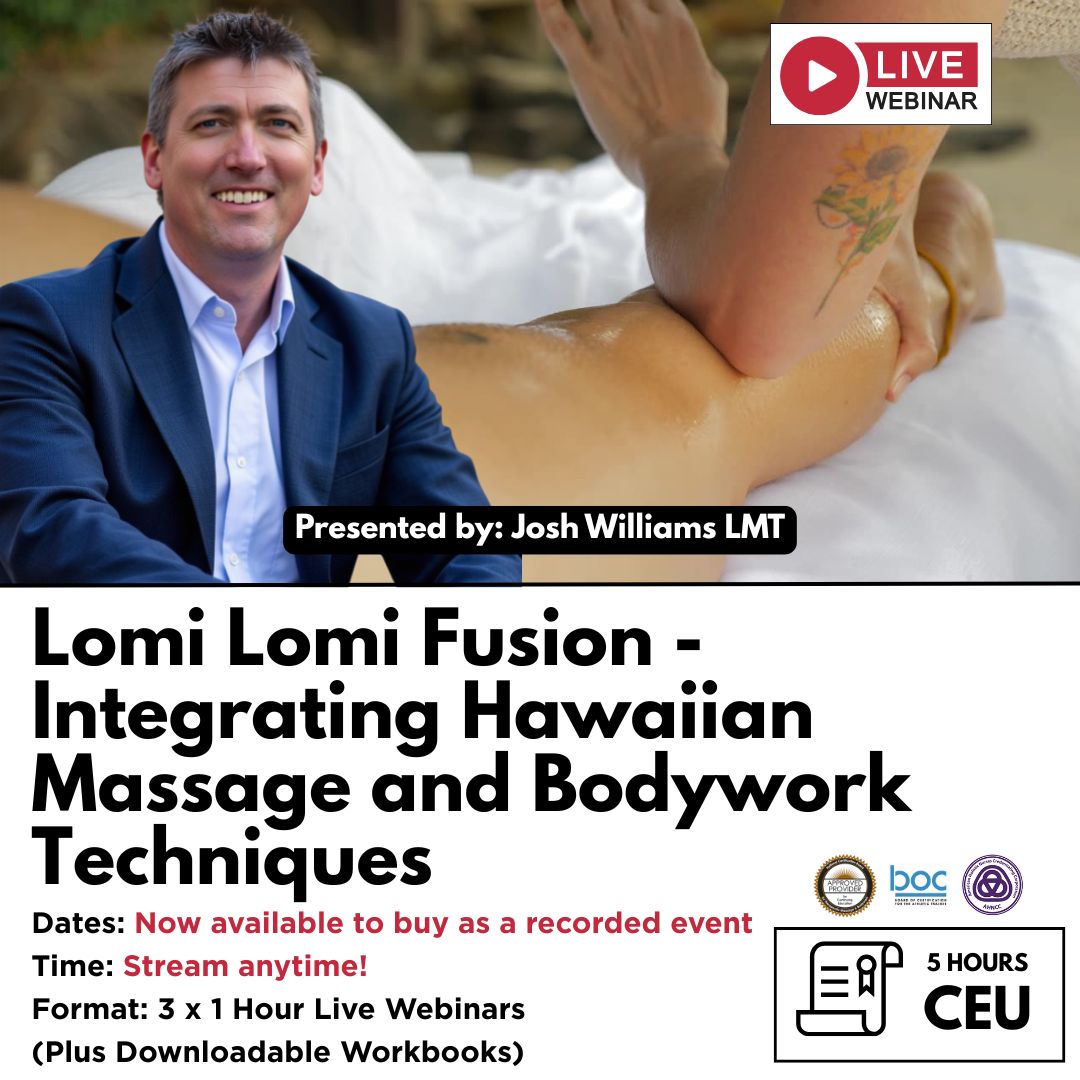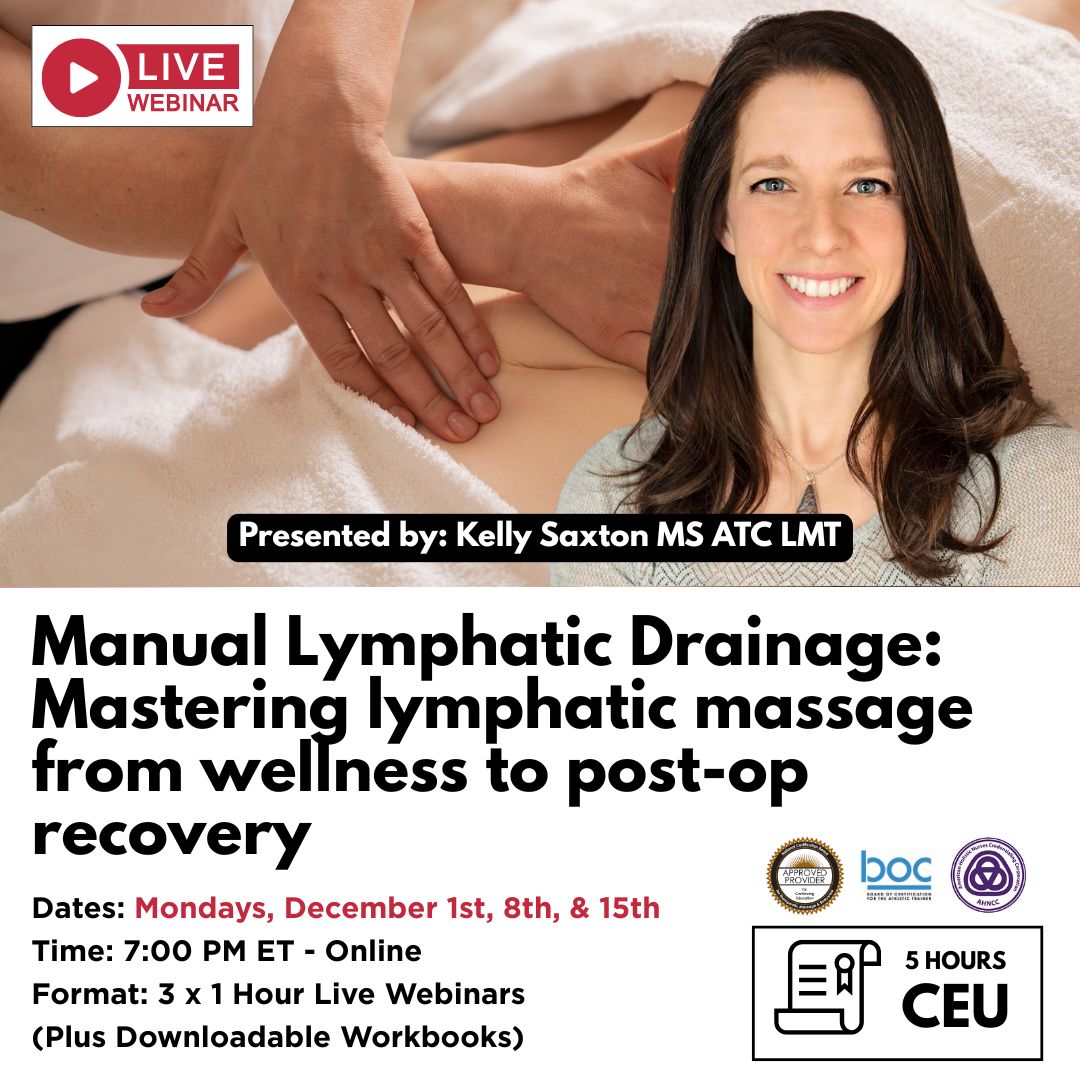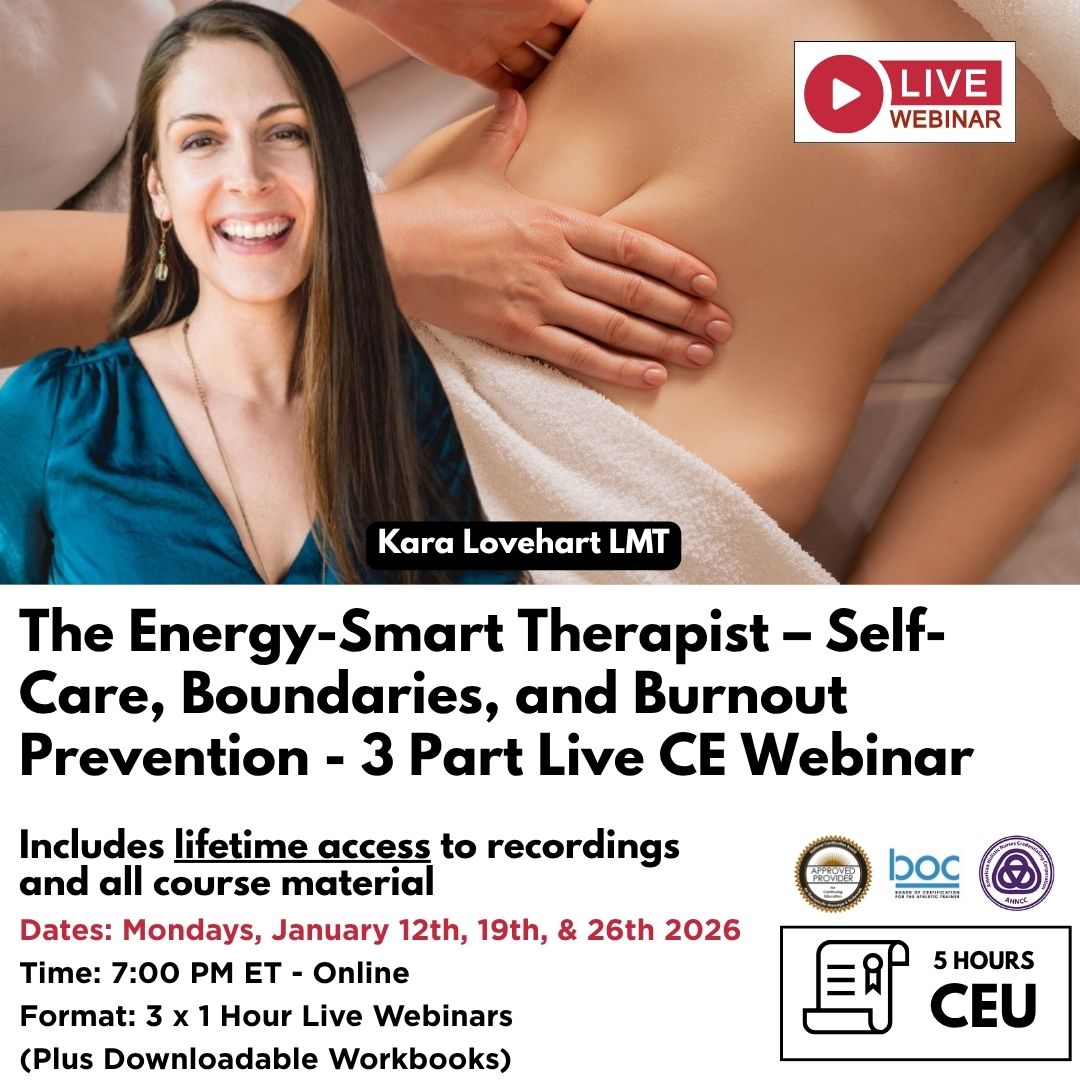Peripheral neuropathies of the upper extremities in sport - A soft tissue perspective
Stuart Hinds demonstrates some first stage assessment tools for identifying peripheral nerve entrapments of the upper body
Nerve entrapments of the upper extremity are common in sports related to excessive traction around a joint, as in throwing, which in turn leads to compression, inflammation, and adhesions from repetitive stress.
The nerve may also become subluxed due to laxity from repetitive stress or trauma to the region. Athletes that commonly develop peripheral neuropathies include:
• Baseball pitchers (cubital tunnel);
• Tennis players (radial tunnel – backhand, pronator teres syndrome – forehand);
• Golf (pronator teres – overgrip); • Rowing (pronator teres/flexor digitorum);
• Javelin (cubital tunnel); and
• Weight training (all of the above).
The main nerve entrapments in the upper extremity involve the median nerve, ulnar nerve, or radial nerve.
Neuroanatomy of the Peripheral Nerves

The Median Nerve
The median nerve forms the junction of the lateral medial cords. It travels laterally to the brachial artery to approximately the mid humerus.
At this level, the median nerve crosses over the brachial artery to lie in a more medial anatomic position.
The nerve is superficial to the brachialis muscle and usually lies in a groove with the brachial artery, between the brachialis and biceps muscle. It travels across the antecubital fossa, underneath the bicipital aponeurosis, and between the biceps tendon and the pronator teres.
At this level, the median nerve is on the distal aspect of the brachialis muscle.
The nerve then travels underneath the two heads of the flexor digitorum sublimis (FDS) muscle to lie between this muscle and the flexor digitorum profundus (FDP) muscle.
The median nerve emerges between these two muscles in the distal forearm to then travel ulnar to the flexor carpi radialis and radial to the sublimis tendons, usually directly underneath the palmaris longus tendon, and enters the carpal tunnel in a more superficial plane to the flexor tendons.
The motor branch emerges at variable sites but most frequently at the distal aspect of the carpal ligament to service the thenar musculature.
Just beyond the end of the carpal ligament, the median nerve trifurcates to become the common digital sensory nerves to the fingers.
The palmar cutaneous branch of the median nerve is a sensory branch that comes from the main body of the nerve approximately six inches above the rest of the nerves and services an elliptical area at the base of the thenar eminence.
This superficial nerve does not lie within the carpal tunnel. Just distal to the antecubital fossa, the median nerve branches into the anterior interosseous nerve, which travels on the interosseous membrane and innervates the flexor pollicis longus (FPL), the FDP to the radial two digits, and the pronator quadratus at its termination.
The nerve innervates the pronator teres, flexor capri radialis, the FDS, and the two radial FDP tendons. It also supplies the FPL and the pronator quadratus.
Within the hand, the motor branch of the median nerve supplies the opponens pollicis, the flexor pollicis brevis, and the abductor pollicis brevis musculature.
It also supplies the two radial lumbrical muscles in the hand. The median nerve supplies sensation to the 3.5 digits on the radial aspect.

The Ulnar Nerve
The ulnar nerve arises from the medial cord of the brachial plexus. The ulnar nerve travels posterior to the brachial artery and remains within the flexor compartment of the upper extremity until it reaches the medial epicondyle.
The nerve travels behind the medial epicondyle back into the flexor compartment underneath the flexor musculature.
Above the elbow, the ulnar nerve lies on the long head and then the medial head of the triceps muscle, directly posterior to the medial intermuscular septum between the brachialis and the triceps muscles.
The fascial bands over the median nerve constitute the Struthers arcade. The nerve passes within the cubital tunnel posterior to the medial epicondyle. It is directly underneath a tight fascial roof known as the Osborne band, which is contiguous with the leading fascial heads of the flexor carpi ulnaris (FCU) muscle.
Just above the elbow branches, the nerve branches to the superficial head of the FCU. The nerve lies directly over the top of the FDS muscle and beside the FDP muscle at the elbow.
As the ulnar nerve travels down the forearm, it is wedged between the FDS and the FDP muscle bellies to exit in the distal forearm just ulnar to the ulnar artery and the FDP tendons.
The FCU tendon protects the nerve on its ulnar aspect. The ulnar nerve travels within the Guyon canal at the wrist to supply the hypothenar muscles, including the opponens digiti quinti and the abductor digiti quinti.
It also supplies the two ulnar lumbrical muscles and the interossei to the hand and the deep branch to the flexor pollicis brevis muscle. The ulnar nerve supplies sensation to the 1.5 digits of the ulnar aspect.
The dorsal cutaneous branch of the ulnar nerve supplies sensation to the dorsal ulnar half of the hand and fingers.
This nerve arises from the main ulnar nerve approximately 6cm proximal to the wrist.

The Radial Nerve
The radial nerve emerges from the posterior aspect of the humerus in the spiral groove between the brachialis and brachioradialis muscles above the elbow.
It leaves the extensor compartment to travel in front of the elbow underneath the brachioradialis muscle, sending branches of innervation to it just above the elbow.
The radial nerve divides at the level of the radial capitellar joint into the posterior interosseous nerve and the superficial radial nerve.
At this point, it branches to the extensor carpi radialis brevis. The superficial radial nerve continues to travel underneath the brachioradialis muscle to ultimately emerge between that muscle and the extensor carpi radialis longus tendon.
The superficial radial nerve supplies sensation to the radial half of the dorsum of the hand.
The posterior interosseous nerve travels within the fat pad and runs below the supinator muscle to emerge in the distal dorsal aspect of the forearm.
The posterior interosseous nerve travels at the level of the interosseous membrane to ultimately provide sensation to the posterior aspect of the wrist.
This nerve innervates the extensor indicis proprius, extensor digiti quinti, extensor carpi ulnaris, abductor pollicis longus, extensor pollicis brevis, and extensor digitorum communis muscles.
Entrapment
The phrase ‘compressive neuropathy’ implies that the peripheral nerves are being impinged upon by adjacent anatomical structures.
The resultant injury is assumed to be related to reduced epineural blood flow.
The relative ischemia decreases axonal transport and, in turn, the nerve's ability to conduct impulses.
Double Crush Theory
The double-crush theory predicts that a compressive lesion at one point along a peripheral nerve lowers the threshold for occurrence of compression at another site secondary to internal derangement of nerve cell metabolism.
Assessment
Neurodynamic Testing
Median nerve bias
Ulnar nerve bias
Radial nerve bias
Median nerve
• Pronator teres syndrome
• Anterior interosseous syndrome
• Carpal tunnel syndrome
Ulnar Nerve
• Cubital tunnel syndrome
• Ulnar tunnel syndrome
Radial nerve
• Radial tunnel syndrome
• Posterior interosseous syndrome
Median Nerve Entrapments
Pronator Teres Syndrome Signs and Symptoms:
The athlete complains of pain in the anterior aspect of the forearm that is exacerbated with activity and relieved by rest; decreased sensation in the thumb, index finger, long finger, and radial side of the ring finger; weakness of thenar muscles; and a positive Tinel or Phalen sign in the proximal forearm.
Sites of compression
These include the:
1. Lacertus fibrosus (bicipital aponeurosis, superficial forearm fascia).
2. Struthers ligament (thickened or aberrant origin of pronator teres from distal humerus).
3. Pronator teres (musculofascial band or compression between two muscular heads).
4. FDS proximal arch or the flexor digitorum superficialis.
Testing
• Bicipital aponeurosis compression – resisted elbow flexion and forearm supination.
• Pronator teres compression – resisted forearm pronation and flexion.
• Flexor digitorum superficialis compression – resisted flexion of the interphalangeal joint of the middle finger
Soft Tissue Treatment
Clear CERVICAL/SHOULDER soft tissue restriction
Myofascial tension techniques applied to MEDIAN NERVE NEURODYNAMIC testing restrictions.
Active or Latent Trigger Point Activity
Pronator teres Flexor digitorum superficialis
Anterior interosseous syndrome Symptoms
These include vague pain in the proximal forearm which mimics pronator syndrome and weakness of the Flexor Pollicus Longus and Flexor Digitorum Profundus to the index finger.
The anterior interosseous nerve is purely motor there is no sensory change.
Affected persons cannot form a circle by pinching their thumb and index finger (i.e., hyperextension of index distal interphalangeal joint and thumb interphalangeal joint).
• Nerve anatomy: The anatomy includes the branch of the median nerve arising approximately 6 cm below the elbow and supplying motor function from the FPL, pronator quadratus, and FDP to the index finger.
• Etiology: Causative factors include tendinous bands, a deep head of the pronator teres, accessory muscles (including the Gantzer muscle, which is the accessory head of the FPL), aberrant radial artery branches, and fractures.
Testing
• Resisted muscle tests of the flexor pollicus longus and flexor digitorum profundus to the index finger.
• Resisted forearm pronation with the elbow in complete flexion.
Soft Tissue Treatment
Clear CERVICAL/SHOULDER soft tissue restrictions.
Myofascial tension techniques applied to MEDIAN NERVE NEURODYNAMIC testing restrictions.
Trigger Point Therapy
Flexor pollics longus Pronator teres Flexor digitorum profundus.
Ulnar Nerve Entrapment
Cubital tunnel syndrome Signs and symptoms: These include pain in the forearm, which radiates in the distribution of the ulnar nerve; numbness; tingling in the 1.5 fingers of the ulnar aspect; wasting or weakness of intrinsic hand muscles; a positive compression test result at the elbow; recurrent subluxation of the nerve over the epicondyle; and the reproduction of symptoms with elbow flexion, with or without wrist extension.
Anatomy
The ulnar nerve runs adjacent to the medial head of the triceps into the groove behind the medial epicondyle of the humerus.
It passes beneath the fascia joining the two heads of the FCU and lies on the superficial surface of the FDP.
Sites of Compression
These include the:
1) Struthers arcade.
2) Anconeus epitrochlearis.
3) Intermuscular septum.
4) The Osborne band.
5) The aponeurosis of the Flexor Carpi Ulnaris.
Testing
• Palpation of the cubital tunnel and flexor carpi ulnaris reproduces tenderness.
• Elbow flexion test: Elbows fully flexed and wrists fully extended for 3 minutes. Positive sign is pain or paraesthesia.
• Tinel's sign over the cubital tunnel will be positive.
Soft Tissue Treatment
Clear CERVICAL/SHOULDER Soft tissue restrictions Myofascial tension techniques applied to ULNAR NERVE NEURODYNAMIC testing restrictions
Trigger Point Therapy
Flexor Carpi Ulnaris, Flexor digitorum superficialis, Triceps medial head.
Radial Nerve Entrapment
Radial tunnel syndrome Symptoms: These may include pain in the upper extensor forearm; dysesthesia in a superficial radial nerve distribution; and weakening of the extension of the fingers, thumb, or wrist.
Anatomy
Compression neuropathy of the radial nerve is considered somewhat more rare than the other compression neuropathies of the upper extremity.
The radial tunnel proper is somewhat ill defined, but it is usually considered the area where the radial nerve exits between the brachioradialis and the brachialis muscles to where it derives below the supinator muscle (Frohse arcade).
Etiology
The deep branch of the radial nerve can be compressed by five structures within the radial tunnel.
Sites of Compression
1. The proximal fibrous edge of the supinator muscle, known as the arcade of Frohse.
2. The most proximal structure that can compress the deep branch of the radial nerve is the fibrous fascia over the radiocapitellar joint.
3. The next structures that can compress the deep branch of the radial nerve are the radial recurrent artery and the venae comitantes, known as the leash of Henry, although this is uncommon.
4. Lastly, the deep branch of the radial nerve can also be compressed by the distal edge of the supinator muscle, which is known to be fibrous in 50-70 per cent of patients.
Testing
• Tenderness on palpation along the radial nerve, anterior to the radial head, distinguishes it from an extensor tendonosis (tennis elbow).
• Pain on stretching the extensor muscles and resisted finger extension.
• Resisted middle finger extension.
Posterior Interosseous Syndrome
Symptoms: Like radial tunnel syndrome, posterior interosseous syndrome can also often mimic lateral epicondylitis.
Patients may report proximal forearm pain. No sensory deficit is described, because the posterior interosseous nerve but partial-to-complete motor paralysis of the extensors is reported.
Often, the brachioradialis and extensor carpi radialis brevis/extensor carpi radialis longus, which are innervated by more proximal branches, are spared.
Therefore, any remaining wrist extension also displays radial deviation.
Etiology
Causes may include entrapment of the nerve in a supinator, fracture or dislocation of the radial head, tumors (e.g. ganglion, lipoma), and iatrogenic causes resulting from open reduction/internal fixation of proximal radius fractures.
Soft Tissue Treatment
Clear CERVICAL /SHOULDER Soft tissue restrictions.
Myofascial tension technique applied to NEURODYNAMIC TESTING restrictions.
Trigger Point Therapy
Supinator, Extensor carpi radialis brevis, Biceps brachii, Brachoradialis.
REFERENCES
1. Chaitow, L., & Delany, J. W. Clinical Application of Neuromuscular Techniques Volume 1, The upper body, 2000.
2. Brukner, P., & Khan, K. Clinical Sports Medicine, 3rd Edition 2005.
3. Malanga, G., & Nadler, S. Musculoskeletal Physical Examination: an evidence-based approach, 2006.
4. Zuluaga, M., Brigg, C., Carlisle, J., McDonald, V., McMeeken, Nickson, W., Oddy, P., & Wilson, D. Sports Physiotherapy: Applied science and practice, 1999.
5. Bradon, J., Wilhelmi MD Assistant Professor, Director of Hand/ Microsurgery, Department of Surgery, Division of Plastic Surgery, Southern Illinois University School of Medicine. eMedicine's patient education articles: Hand, Nerve Compression Syndromes: Upper Extremity.
ABOUT STUART HINDS
Stuart Hinds is a former athlete and practicing soft tissue therapist with over 20 years’ experience. He currently lectures at Victoria University, Melbourne, where he is the practical coordinator for physical assessment and soft tissue techniques.
Stuart has been involved with elite cycling (national and international) and a range of athletes from all professional levels of sport. Stuart was a part of the IOC massage services for the 2000 Sydney Olympic Games, and was a member of the Soft Tissue service for the Australian Olympic Team at the 2004 Athens and 2008 Beijing Olympic games.
Stuart presented at the 2008 Australian Conference of Science and Medicine in Sport on the practical dynamics of soft tissue therapy for post acute Adductor strains, and was keynote speaker at the 3rd Joint Sportex and Sports Massage Association Conference, Loughborough University, Leicstershire UK on Musculoskeletal flexability screening as a treatment tool for soft tissue therapists.
More recently Stuart has consulted to the South African Cricket Team and the Scottish Commonwealth Team. He runs a successful private practice in Geelong and is a contract soft tissue therapist for the Geelong Football Club.
Links
Find a Trigger Point Professional in your area
Treating Whiplash - Torsional Release
Dry Needling for Trigger Points
Certify as a Trigger Point Therapist
About NAT Courses
As a manual therapist or exercise professional, there is only one way to expand your business - education!
Learning more skills increases the services that you offer and provides more opportunity for specialization.
Every NAT course is designed to build on what you already know, to empower you to treat more clients and grow your practice, with a minimal investment in time and money.
Help Desk
About Niel Asher Education
Niel Asher Education is a leading provider of distance learning and continued education courses.
Established in the United Kingdom in 1999, we provide course and distance learning material for therapists and other healthcare professionals in over 40 countries.
Our courses are accredited by over 90 professional associations and national accreditation institutions including the National Academy of Sports Medicine (NASM) and National Certification Board for Therapeutic Massage and Bodywork (NCBTMB). Full details of all international course accreditations can be found on our website.
Printed course materials and other products offered on our websites are despatched worldwide from our 3 locations in the UK (London), USA (Pennsylvania) and Australia (Melbourne).
More About Us
NAMTPT AWARD
We are honored to have received the "Excellence in Education" Award from the National Association of Myofascial Trigger Point Therapists.
Since 1999 Niel Asher Education has won numerous awards for education and in particular for education and services provided in the field of trigger point therapy.
Read Full Article
Award Winning Instructors
Niel Asher Healthcare course instructors have won a host of prestigious awards including 2 lifetime achievement honorees - Stuart Hinds, Lifetime Achievement Honoree, AAMT, 2015, and Dr. Jonathan Kuttner, MD, Lifetime Achievement Honoree, NAMTPT, 2014.
Meet the Instructors
Accreditation

If you are a qualified/licensed manual therapist or exercise/fitness professional you can expand your credentials with NAT certification.
In addition to national accreditation for continued education, each course that we offer includes "NAT Learning Credits". By taking and completing courses you can accumulate NAT credits to qualify for NAT certification.
There are currently 3 levels of NAT certification. Certifying NAT is a valuable way to show your clients that you take continued education seriously, and to promote your skills and qualifications.
Most of our courses are accredited for CE/CPD/CPE. A full list of CE accreditations can be found by clicking on the link below.
About NAT Certification
Niel Asher Technique
Since 1999 the Niel Asher Technique for treating trigger points has been adopted by over 100,000 therapists worldwide, and has been applied to the treatment of a number of common musculoskeletal injuries.
The Niel Asher Technique for treating frozen shoulder was first introduced and published in 1997 and has been widely adopted by therapists and exercise professionals working within elite sports and athletics.
Read More
International Students
Most of our courses are available as either "Printed" or 'Download" editions, wherever you live. Internet connection is required to access online and downloadable material.
When you purchase a download edition, you receive immediate lifetime access to all course material. Course texts can be downloaded and printed if required.
When you purchase a "Printed" edition, you will also receive free access to the download edition.
We ship Worldwide from locations in the USA, UK, and Australia. Most items are despatched within 24 hours and shipping is FREE for all orders over US$50.
Shipping
Where to Start?
We offer a range of over 50 courses, presented by some of the worlds leading manual therapists. All courses are reviewed annually, and new courses are regularly added.
Our courses are modular, and designed to build on what you already know. For more information, please visit our "Where to Start?" page.
Start Here
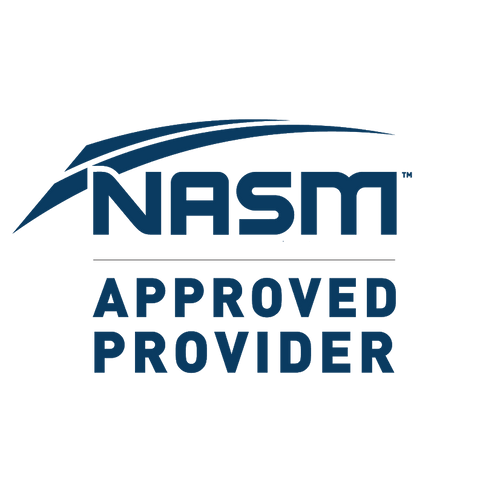

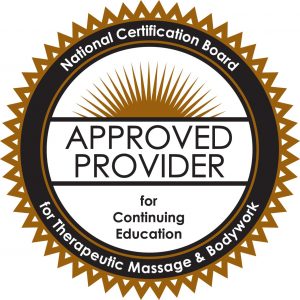
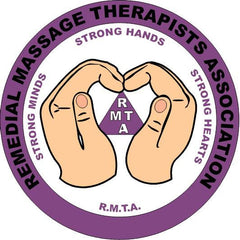

This trigger point therapy blog is intended to be used for information purposes only and is not intended to be used for medical diagnosis or treatment or to substitute for a medical diagnosis and/or treatment rendered or prescribed by a physician or competent healthcare professional. This information is designed as educational material, but should not be taken as a recommendation for treatment of any particular person or patient. Always consult your physician if you think you need treatment or if you feel unwell.
Disclaimer
The information in this article is intended for educational purposes within the context of continuing education for massage therapists, continuing education for athletic trainers, continuing education for physical therapists, continuing education for chiropractors, and continuing education for rehabilitation professionals. It is not a substitute for medical advice, diagnosis, or treatment. Although every effort has been made to ensure accuracy and reflect current understanding at the time of publication, practitioners must always work within the legal scope of their professional practice and follow all regional regulatory guidelines.
Hands-on techniques and clinical applications described in this material should only be performed by appropriately trained and licensed professionals. Individuals experiencing pain or symptoms should be referred to a qualified healthcare provider for assessment. Niel Asher Education is not responsible for any injury, loss, or damage resulting from the use or misuse of the information provided in this content.

Continuing Professional Education
Looking for Massage Therapy CEUs, PT and ATC continuing education, chiropractic CE, or advanced manual therapy training? Explore our evidence-based online courses designed for hands-on professionals.







